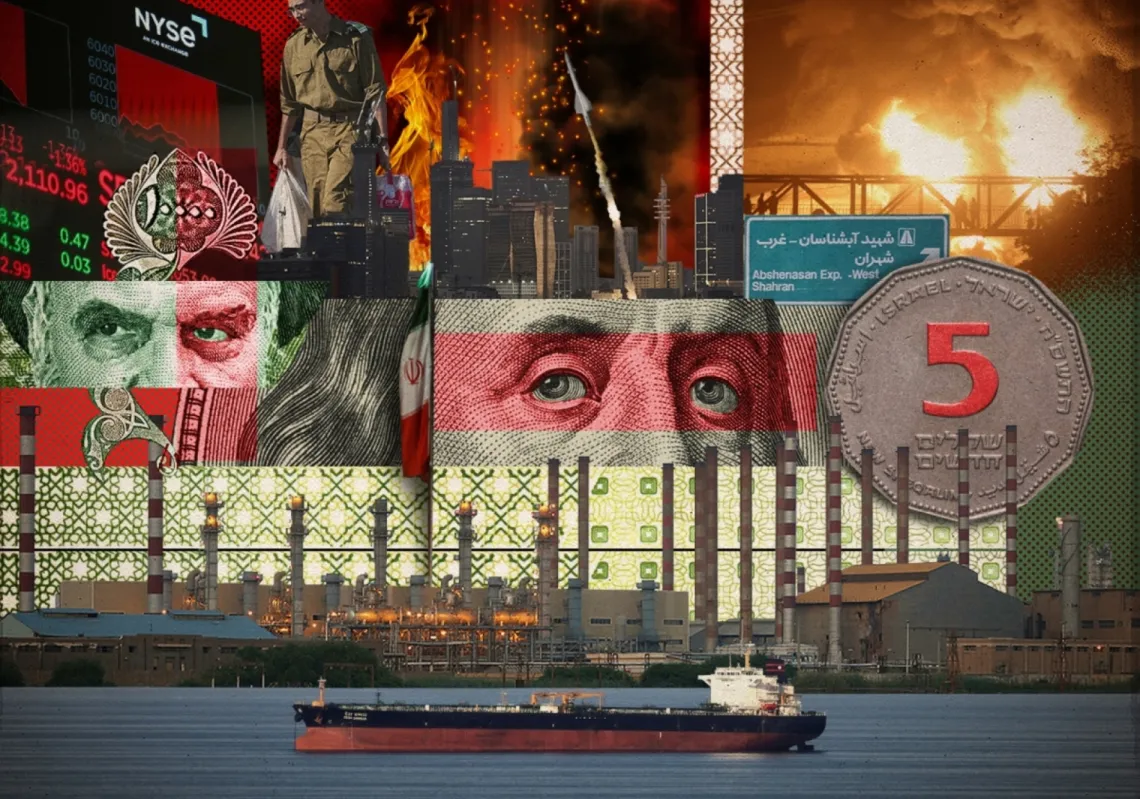During the third season of the highly acclaimed Israeli-made Apple TV series Tehran, there is a scene that shows a foreign nuclear supervisor arguing with Iranian nuclear scientists about who they can trust and how all the top scientists had been “killed off by foreign governments”.
The series has been popular not only in the West but also in Iran, where the issues resonate. Albeit fictionalised, Tehran helps explain the 45-year Cold War between the Iranian security apparatus and the West. For years, Iran has had the better of the US, outsmarting most Western intelligence agencies from Lebanon to Syria, Iraq, Yemen, and even in Afghanistan, as it built its proxy empire.
Looking back, Iranian dominance could now be said to have peaked around 2018-19. But with the crumbling of the Iranian security state, things look much different now. But who can take the credit for this collapse? The simple answer is: the Mossad—Israel's intelligence apparatus—and its successful infiltration of the Iranian establishment.
Covert operations
Although it was a US strike that killed Qasem Soleimani—the hugely influential Iranian Quds Force commander—in January 2020, Israeli covert operations that recruited Iran-based operatives deserve credit for the recent successful breaches of Iranian security and for shattering its regional proxy network.
A key milestone in Iran’s undoing can be traced to late 2024, with the destruction of Hezbollah in Lebanon, followed soon after by the fall of Bashar al-Assad in Syria, Iran's only state ally, which turned a blind eye to the smuggling of Iranian weapons across Syrian territory and into the hands of Hezbollah. This marks the beginning of the end of a long process that can be best described as ‘Iran’s Vietnam’.
Both Iran and Hezbollah had spent a lot of manpower and money trying to save their Syrian ally, but in the months and years before Assad was toppled, there were a notably high number of intelligence leaks from inside Syria that led to Iranian assets or personnel being targeted.

Indeed, it was from Damascus that Soleimani flew into Baghdad, where he was killed. The general's real-time movements outside Iran would have been top-secret, and therefore Grade-A intelligence for anyone who acquired it, so when his travel plans somehow made their way to Washington and Tel Aviv, the guns were readied.
When hubris hits
The killing of Soleimani dealt a devastating blow to Iran and its so-called 'axis of resistance'. From Mount Lebanon to the Hindu Kush, Soleimani had established an impressive Iranian intelligence network. Having first helped the US defeat the Taliban, he then helped the Taliban defeat the US. A ghost who was never seen, they called him 'the shadow commander'.
Then, perhaps like all empires, hubris hit. Soleimani felt emboldened to step out of his shadows. Videos, posters, presidential palaces, he was filmed, photographed and hailed. And then, a lack of discipline set in. Videos emerged of Iran's Islamic Revolutionary Guards Corps (IRGC) mocking and mistreating Syrian soldiers. This led the Syrian military and security officials to pull away from Iran and cosy up to Russia and the UAE.
In Lebanon, it was the same picture. There were mysterious killings of Hezbollah commanders back in 2016. Hezbollah commander Mustafa Badreddine was killed in 2016. Almost a decade earlier, his brother-in-law Imad Mugniyeh was killed in the first-ever assassination in broad daylight in Damascus.
Unlocking Syria
In former CIA analyst John Nixon's book Debriefing the President: The Interrogation of Saddam Hussein, American guards and interrogators recall noticing that every time 'Syria' or (Syria's former president) 'Hafez al-Assad' came up, Saddam bristled, becoming riled and agitated.
Assad had helped Iran defeat Iraq and thereby thwarted Iraqi moves in the Levant. Nothing angered him more. Similarly, Israel understood that Syria needed to unravel before it could hit Iran, and when Tehran was busy in the Levant, it left its own flank and rear unguarded.











